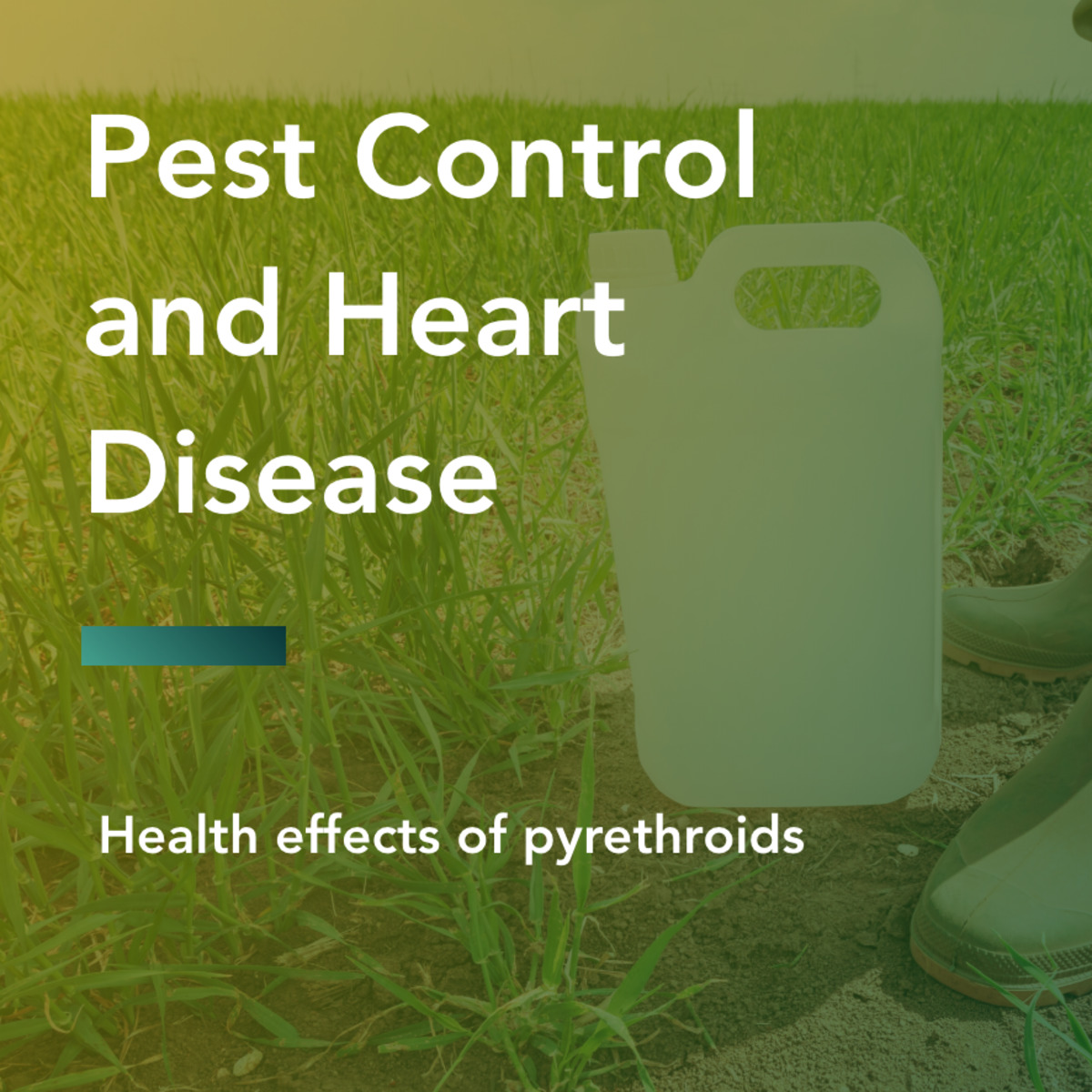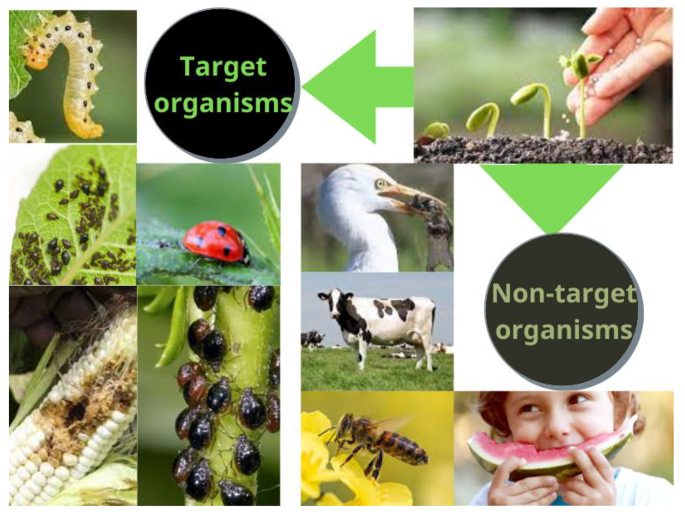The 5-Second Trick For Eco Bed Bug Exterminators Dc
The 5-Second Trick For Eco Bed Bug Exterminators Dc
Blog Article
The Only Guide for Eco Bed Bug Exterminators Dc
Table of ContentsThe 7-Second Trick For Eco Bed Bug Exterminators Dc5 Simple Techniques For Eco Bed Bug Exterminators DcThe Ultimate Guide To Eco Bed Bug Exterminators DcThe Ultimate Guide To Eco Bed Bug Exterminators DcEco Bed Bug Exterminators Dc - An Overview
Since pesticides are harmful, they are also possibly dangerous to human beings, animals, other organisms, and the environment. Individuals that use chemicals or on a regular basis come in contact with them have to comprehend the family member poisoning, potential health effects, and preventative steps to decrease exposure to the items they use. Danger, or danger, of making use of pesticides is the capacity for injury, or the level of threat involved in making use of a chemical under an offered set of conditions.
Nevertheless, applicators can reduce or nearly eliminate direct exposure-- and hence minimize hazard-- by following the tag directions, utilizing individual protective clothing and equipment (PPE), and managing the pesticide appropriately. For instance, more than 95 percent of all pesticide exposures come from dermal exposure, mainly to the hands and lower arms. By putting on a pair of unlined, chemical-resistant gloves, this kind of exposure can be virtually removed.
The unsafe effects that occur from a single exposure by any path of access are described "intense impacts." The 4 routes of direct exposure are dermal (skin), breathing (lungs), oral (mouth), and the eyes. Acute toxicity is figured out by checking out the dermal toxicity, breathing toxicity, and dental toxicity of examination animals.
Eco Bed Bug Exterminators Dc - Questions
Severe toxicity is determined as the quantity or concentration of a toxicant-- the a.i.-- called for to eliminate 50 percent of the animals in an examination populace. This action is generally expressed as the LD50 (lethal dose 50) or the LC50 (deadly focus 50). In addition, the LD50 and LC50 values are based upon a single dosage and are taped in milligrams of pesticide per kilo of body weight (mg/kg) of the guinea pig or in components per million (ppm).
The reduced the LD50 or LC50 value of a pesticide item, the better its poisoning to human beings and animals. Pesticides with a high LD50 are the least harmful to human beings if made use of according to the instructions on the product tag. The persistent toxicity of a pesticide is identified by subjecting guinea pig to long-term direct exposure to the energetic component.
The chronic toxicity of a chemical is harder than intense poisoning to determine with research laboratory analysis. Products are categorized on the basis of their relative severe poisoning (their LD50 or LC50 worths). Chemicals that are categorized as highly harmful (Poisoning Classification I) on the basis of either oral, facial, or inhalation toxicity must have the signal words DANGER and toxin published in red with a head and crossbones symbol plainly showed on the front panel of the plan tag.
The acute (solitary dosage) dental LD50 for pesticide products in this team ranges from a trace quantity to 50 mg/kg. As an example, direct exposure of a couple of drops of a material taken orally might be fatal to a 150-pound individual. Some pesticide products have i loved this simply the signal word risk, which tells you nothing concerning the severe poisoning, just that the product can trigger extreme eye damages or serious skin inflammation
The 30-Second Trick For Eco Bed Bug Exterminators Dc
In this category, the intense oral LD50 ranges from 50 to 500 mg/kg. A tsp to an ounce of this material might be deadly to a 150-pound individual (bed bug spray). Pesticide products categorized as either slightly poisonous or fairly nontoxic (Toxicity Groups III and IV) are needed to have the signal word CAUTION on the pesticide tag

All pesticide toxicity chemicalPoisoning including the Consisting of, can be found on the product's Item Safety Product Security (MSDS). Pesticide labels and MSDS can be obtained from merchants or produces - https://www.kickstarter.com/profile/ecobedbug3xt/about. The symptoms of chemical poisoning can range from a moderate skin inflammation to coma or also fatality.
People likewise vary in their sensitivity to different levels of these chemicals. Some people may reveal no reaction to an exposure that may cause severe ailment in others (pest control Washington DC). As a result of prospective health issues, chemical users and trainers have to recognize the usual symptoms and signs of pesticide poisoning. The effects, or signs, of pesticide poisoning can be broadly specified as either topical or systemic.
Not known Facts About Eco Bed Bug Exterminators Dc
Dermatitis, or inflammation of the skin, is accepted as one of the most frequently reported topical impact associated with pesticide direct exposure. Symptoms of dermatitis array from reddening of the skin to rashes and/or blisters. Some individuals tend to cough, hiss, or sneeze when exposed to pesticide sprays. Some individuals react to the strong odor and irritating impacts of petroleum distillates made use of as carriers in chemical items.
This sign usually subsides within a couple of minutes after a person is removed from the direct exposure to the toxic irritant. A response to a chemical item that causes a person not only to sneeze and cough yet additionally to create extreme acute respiratory system signs is much more likely to be a true hypersensitivity or allergic reaction.
Systemic results are rather various from topical effects. They usually occur far from the initial factor of get in touch with as an outcome of the chemical being taken in into and dispersed throughout the body. Systemic effects commonly consist of queasiness, vomiting, fatigue, migraine, and digestive problems. In advanced poisoning situations, the individual may experience modifications in heart rate, trouble breathing, convulsions, and coma, which could cause death.
Report this page